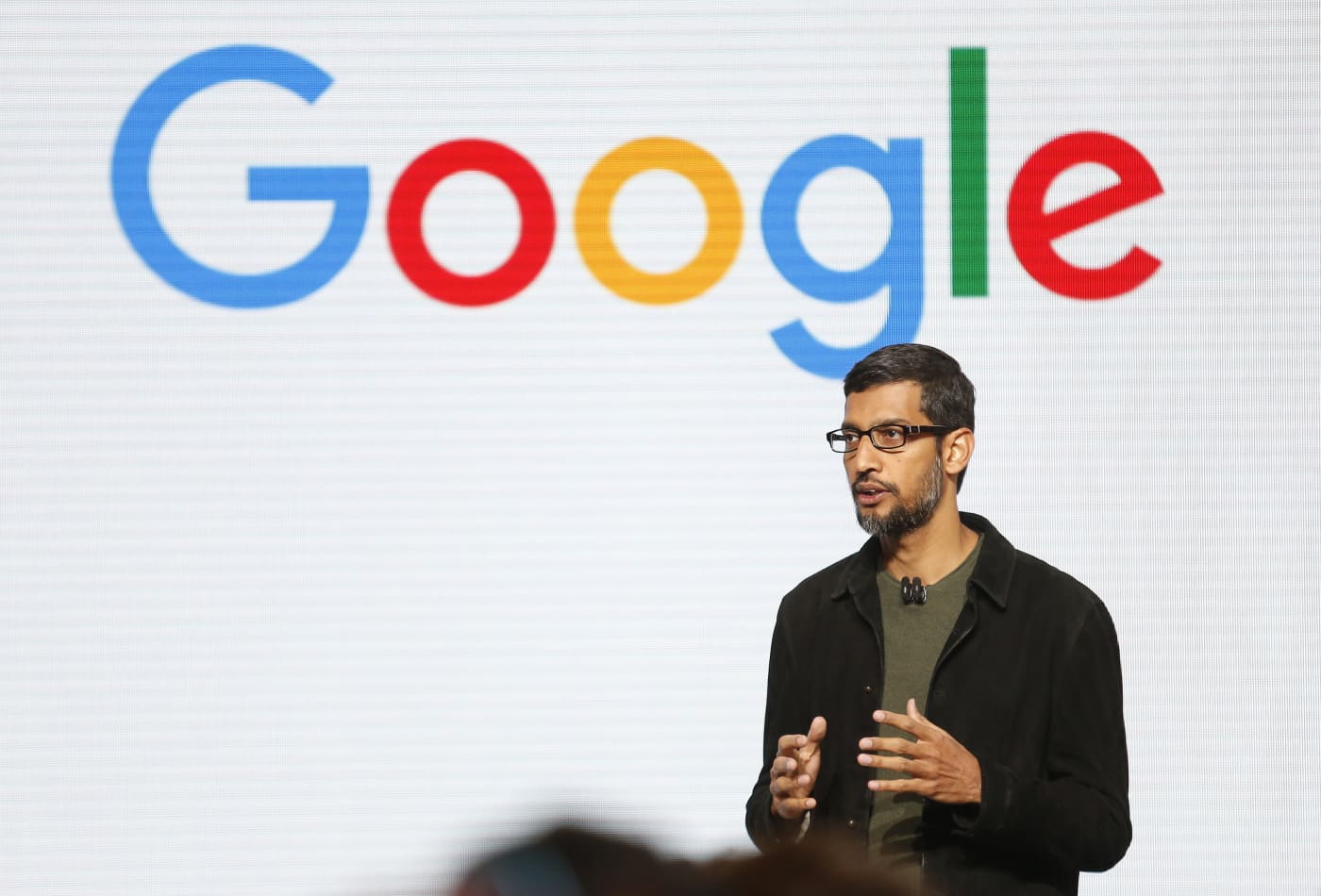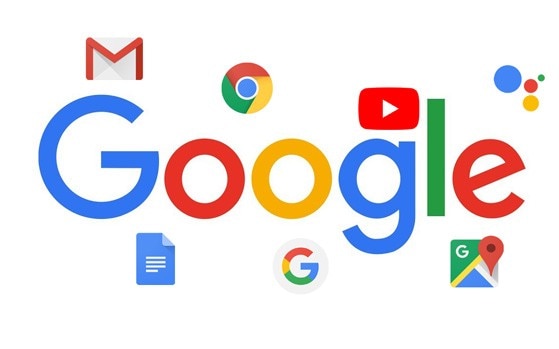The Story Of Google
Definition of a Search Engine
A search engine is a program that searches the internet and finds webpages for you based on the keywords that you submit. There are several parts to a search engine, such as:
Inspiration Behind the Name
The very popular search engine called Google was invented by computer scientists Larry Page and Sergey Brin. The site was named after a googol—the name for the number 1 followed by 100 zeros—found in the book Mathematics and the Imagination by Edward Kasner and James Newman. To the site's founders, the name represents the immense amount of information that a search engine has to sift through.
Backrub, PageRank, and Delivering Search Results
In 1995, Page and Brin met at Stanford University while they were graduate students in computer science. By January 1996, the pair began collaborating on writing a program for a search engine dubbed Backrub, named after its ability to do backlink analysis. The project resulted in a widely popular research paper titled "The Anatomy of a Large-Scale Hypertextual Web Search Engine."
The search engine was unique in that it used a technology they developed called PageRank, which determined a website's relevance by taking into account the number of pages, along with the importance of the pages, that linked back to the original site. At the time, search engines ranked results based on how often a search term appeared on a webpage.
Next, fueled by the rave reviews that Backrub received, Page and Brin began working on developing Google. It was very much a shoestring project at the time. Operating out of their dorm rooms, the pair built a server network using cheap, used, and borrowed personal computers. They even maxed their credit cards buying terabytes of disks at discount prices.
They first tried to license their search engine technology but failed to find anyone that wanted their product at an early stage of development. Page and Brin then decided to keep Google in the meantime and seek more financing, improve the product, and take it to the public themselves when they had a polished product.
Initial Funding
The strategy worked, and after more development, the Google search engine eventually turned into a hot commodity. Sun Microsystems co-founder Andy Bechtolsheim was so impressed that after a quick demo of Google, he told the pair, "Instead of us discussing all the details, why don't I just write you a check?"
 Bechtolsheim's check was for $100,000 and was made out to Google Inc., despite the fact that Google as a legal entity did not exist yet. That next step didn't take long, however. Page and Brin incorporated on September 4, 1998. The check also enabled them to raise $900,000 more for their initial round of funding. Other angel investors included Amazon.com founder Jeff Bezos.
Bechtolsheim's check was for $100,000 and was made out to Google Inc., despite the fact that Google as a legal entity did not exist yet. That next step didn't take long, however. Page and Brin incorporated on September 4, 1998. The check also enabled them to raise $900,000 more for their initial round of funding. Other angel investors included Amazon.com founder Jeff Bezos.
With sufficient funds, Google Inc. opened its first office in Menlo Park, California. Google.com, a beta (test status) search engine, was launched and answered 10,000 search queries every day. On September 21, 1999, Google officially removed the beta from its title.
Rise to Prominence
 In 2001, Google filed for and received a patent for its PageRank technology that listed Larry Page as the inventor. By then, the company had relocated to a larger space in nearby Palo Alto. After the company finally went public, there were concerns that the one-time startup's rapid growth would change the company culture, which was based on the company motto, "Do No Evil." The pledge reflected a commitment by the founders and all employees to carry out their work with objectivity and without conflicts of interest and bias. To ensure the company stayed true to its core values, the position of chief culture officer was established.
In 2001, Google filed for and received a patent for its PageRank technology that listed Larry Page as the inventor. By then, the company had relocated to a larger space in nearby Palo Alto. After the company finally went public, there were concerns that the one-time startup's rapid growth would change the company culture, which was based on the company motto, "Do No Evil." The pledge reflected a commitment by the founders and all employees to carry out their work with objectivity and without conflicts of interest and bias. To ensure the company stayed true to its core values, the position of chief culture officer was established. During the period of rapid growth, the company introduced a variety of products, including Gmail, Google Docs, Google Drive, Google Voice, and a web browser called Chrome. It also acquired a streaming video platform YouTube and Blogger.com. More recently, there have been forays into different sectors. Some examples are Nexus (smartphones), Android (mobile operating system), Pixel (mobile computer hardware), a smart speaker (Google Home), broadband (Google Fi), Chromebooks, (laptops), self-driving cars, and numerous other ventures. Advertising revenue generated by search requests remains its biggest earnings driver, however.
During the period of rapid growth, the company introduced a variety of products, including Gmail, Google Docs, Google Drive, Google Voice, and a web browser called Chrome. It also acquired a streaming video platform YouTube and Blogger.com. More recently, there have been forays into different sectors. Some examples are Nexus (smartphones), Android (mobile operating system), Pixel (mobile computer hardware), a smart speaker (Google Home), broadband (Google Fi), Chromebooks, (laptops), self-driving cars, and numerous other ventures. Advertising revenue generated by search requests remains its biggest earnings driver, however.
In 2015, Google underwent a restructuring of divisions and personnel under the conglomerate name Alphabet. Sergey Brin became president of the newly-formed parent company, while Larry Page is the CEO. His position at Google was filled with the promotion of Sundar Pichai. Collectively, Alphabet and its subsidiaries consistently rank among the top 10 most valuable companies in the world. It's often also cited among the most influential and admired companies as well.


Comments
Post a Comment